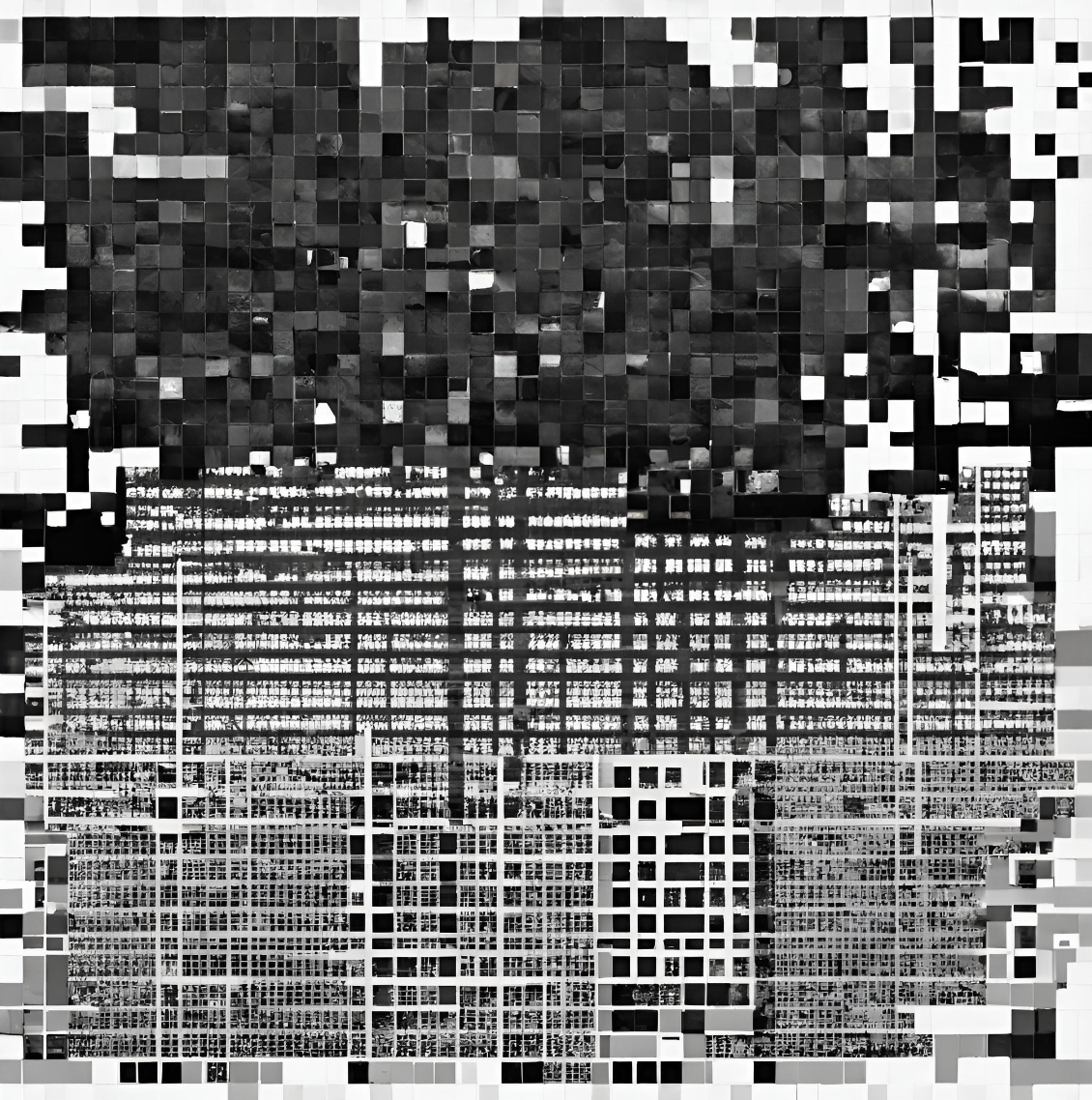202 reads
Lifelong Intelligence Beyond the Edge using Hyperdimensional Computing: Background on HDC
by
July 24th, 2024
Audio Presented by

Computational: We take random inputs, follow complex steps, and hope the output makes sense. And then blog about it.
Story's Credibility

About Author
Computational: We take random inputs, follow complex steps, and hope the output makes sense. And then blog about it.